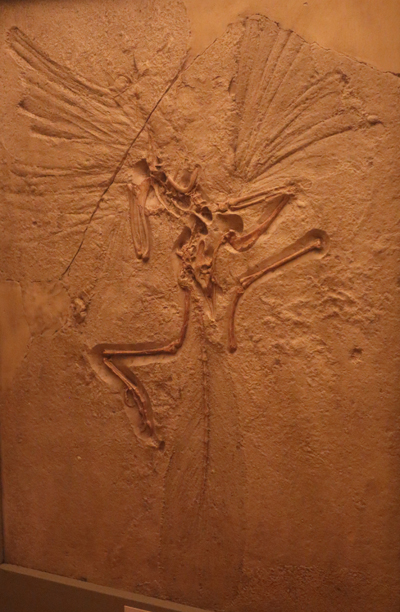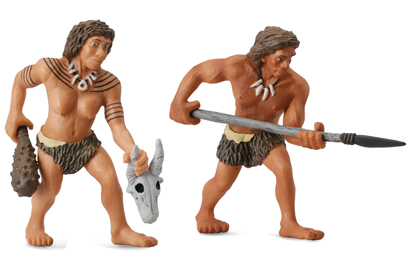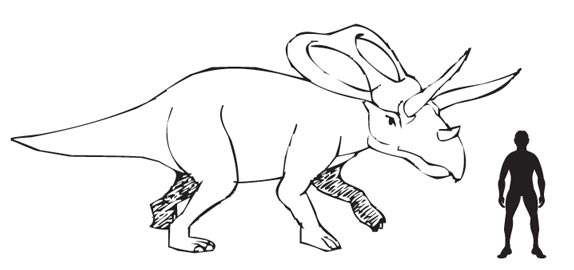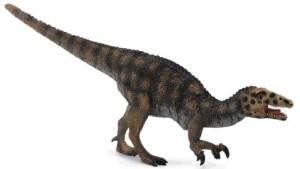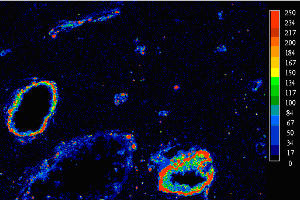Experimenting with Ezines and Ezine Formats
Communicating with Customers – using Ezines
One of the many projects team members at Everything Dinosaur have been working on is a new format for our occasional customer newsletters. According to those who are more digitally minded than the rest of us, these are termed ezines (electronic magazines we assume).
Everything Dinosaur
We have been asked to test out a number of software packages that offer supposedly easy to use email newsletter writing systems. I guess we were chosen as we are not the most IT literate of company’s, but we have all been having a go, trying out the different templates and formats.
Most of the systems we tried seem to be fairly easy and logical to operate, using WYSIWYG technology (stands for What You See Is What You Get). The layout and style of the email piece can be changed and we were each given the option to try out a particular template to see what we thought worked the best.
After a little debate a template style called “Smooth Water” proved to be the most popular. It was then just a case of getting it customised with our logo and corporate style and then we were ready to write and send our first piece.
An Example of the New Ezine Format
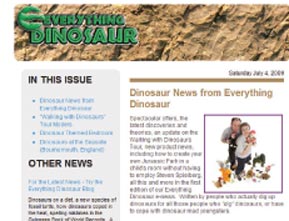
Picture credit: Everything Dinosaur
Communicating with Customers
We are certainly not experts at creating a newsletter but when we have sent out occasional news letters and emails to our database, we do get a high number of openings and click throughs and very few nifties (bounce backs). I am sure there is more that we can do to improve communication with our customers and those who have submitted their contact details to us, but we are learning all the time.
To learn more about how Everything Dinosaur uses customer information or to register to join our newsletter database: Email Everything Dinosaur.
At one of our weekly meetings, just after we had decided on the type of ezine we wanted to send out and agreed the style we came up with a list of 5 tips to help with electronic communication with customers. There are a lot better informed people than ourselves but we thought we would share these tips in case they prove helpful.
Some Tips for Electronic Communication
* One click unsubscribe – a quick way to unsubscribe is very important. In some countries it is a mandatory requirement. The unsubscribe link should take the recipient directly to a page where they are then removed, courteously and without fuss from your mailing list.
* Get the attention of your readers quickly, try to devise a snappy attention grabbing subject line for your electronic communication, perhaps offer a benefit or something to get them reading more.
* Always include a signature at the bottom of any communication, it is one of the easiest ways to attract more traffic to your website. This signature should include your company contact details and an unsubscribe link. You can use your signature to link back to your website, and even to other products, but we think this shows professionalism.
* Provide the option to have readers view the electronic communication in a “browser format”, by offering them this you are showing courtesy and acknowledging that some readers may have difficulty viewing your communications using their own software.
* Try to personalise your email, rather than state “Dear Reader” invest in database technology that permits you to personalise and customise your communications, after all, everyone wants to be treated as an individual.
One final thought, in this age of data protection, we would recommend that anyone with a company holding data in a variety forms in the UK, they ought to subscribe to the Data Protection Act. We subscribe to this act and pay our annual fee and do all we can to protect our customer’s and employees information plus ensuring that we abide by UK legislation regarding data protection.
Visit Everything Dinosaur’s award-winning website: Everything Dinosaur.


